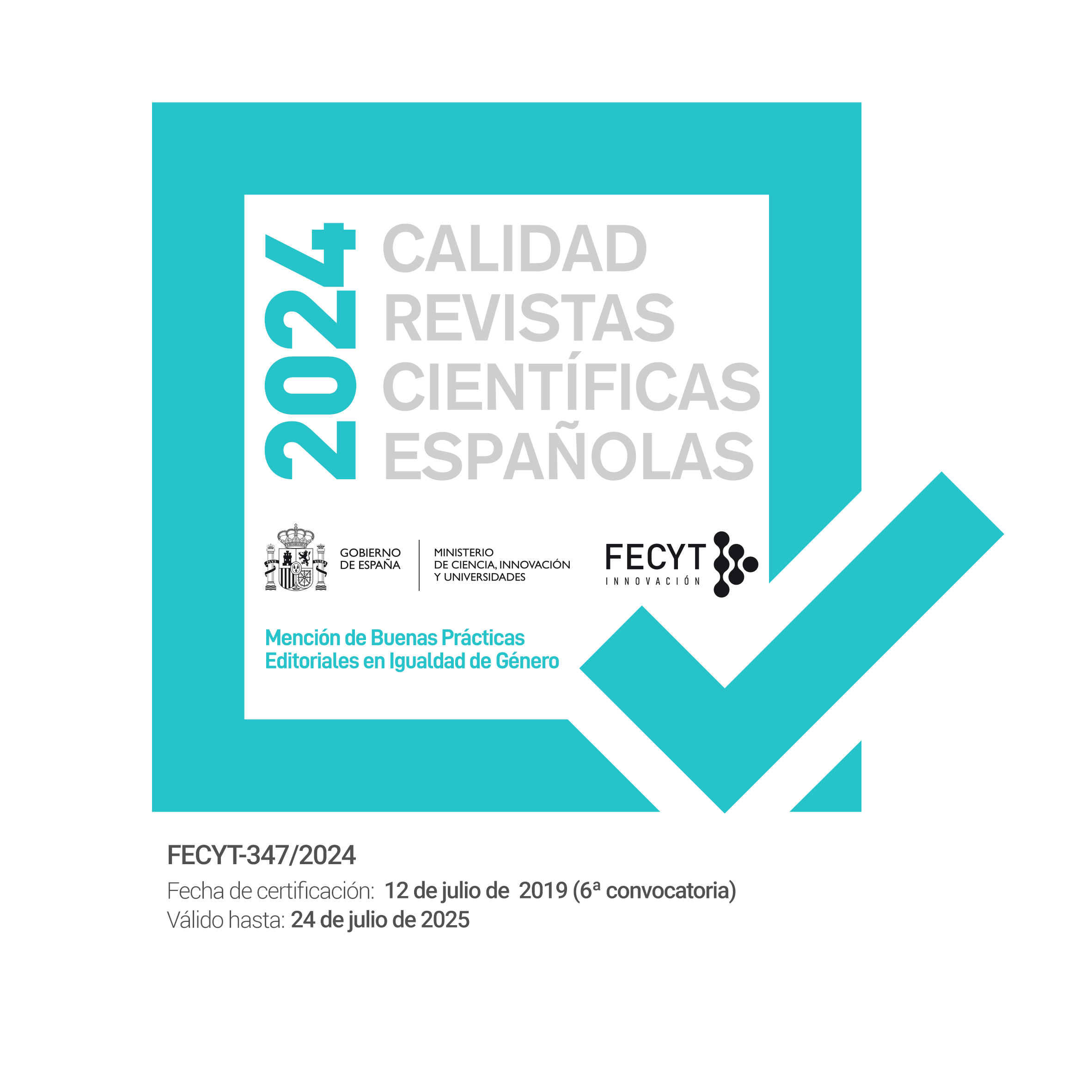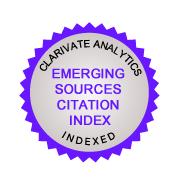Una lectura crítica de la historia de la crítica, de los años cincuenta a los años noventa : el crítico, comisario de exposiciones
DOI:
https://doi.org/10.5944/etfvii.20-21.2007.1476Keywords:
arte español contemporáneo, desarrollo democrático, exposiciones., críticos de arte, comisarios, spanish contemporary art, democratic development, exhibitions, art critics, commissioners,Abstract
Cada exposición tiene un impulsor, alguien que la promueve. ¿Quién impulsa cada una de ellas? ¿Quién mueve la Historia del Arte en cada país? Esta investigación pretende analizar el arte español después del Gobierno de Franco, sus características, el desarrollo del arte contemporáneo en la democracia, tomando como pauta principal las exposiciones más importantes y el papel del crítico de arte como comisario.
Every exhibition has an instigator, someone who promotes it. Who drives each of them? Who moves the History of Art in each country? This research aims to analyze the Spanish art after Franco, their characteristics, the development of the Contemporary art in democracy, taking as the main pattern the major exhibitions and the role of the art critic as a commissioner.
Downloads
Downloads
Published
How to Cite
Issue
Section
License
Authors who publish in this journal agree to the following terms:
- Authors retain copyright and grant the journal right of the first publication with the work simultaneously licensed under a license Creative Commons Reconocimiento-NoComercial 4.0 Internacional that allows others to share the work with an acknowledgement of the work's authorship and initial publication in this journal.

- Authors are able to enter into separate, additional contractual arrangements for the non-exclusive distribution of the journal's published version of the work (e.g., post it to an institutional repository or publish it in a book), with an acknowledgement of its initial publication in this journal.
- Authors are permitted and encouraged to post their work online (e.g., in institutional repositories or on their website) prior to and during the submission process, as it can lead to productive exchanges, as well as to earlier and greater citation of the published work (See The Effect of Open Access).








